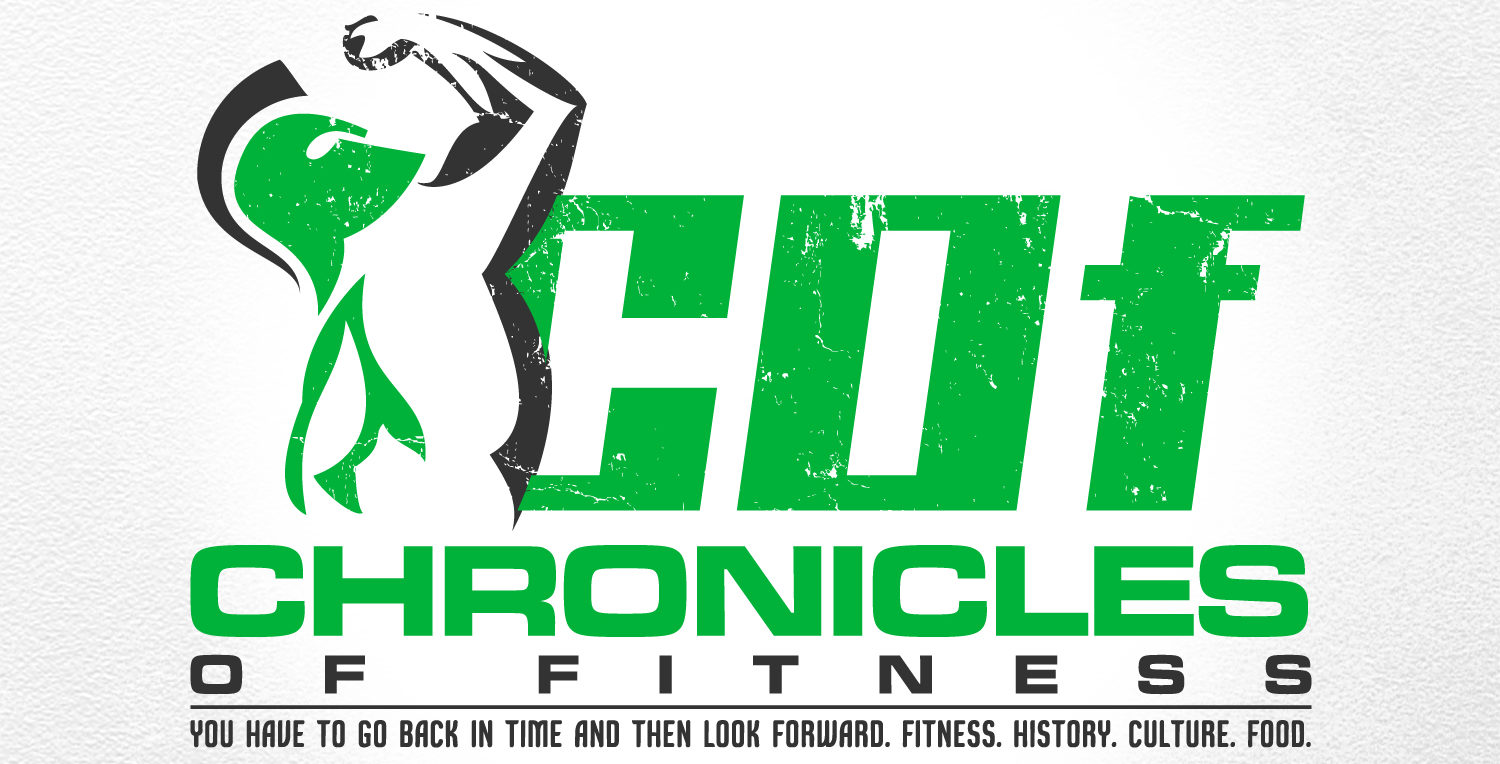 There’s no denying that there’s too much information out there in the world. It’s where we go to for quick, specific information. Yet, are you really getting an understanding of something?
There’s no denying that there’s too much information out there in the world. It’s where we go to for quick, specific information. Yet, are you really getting an understanding of something?
When news articles report scientific findings. They may take the time to show some sort of context but largely, that context is lost to the reader.
You can’t deny how important context is. This goes for fitness as well.
Pick up a textbook on nutrition, biomechanics, psychology or even posture. Textbooks can give us a much bigger perspective in an area of interest, summarizing what gate-keepers in a field of study deem the most essential of information.
Consuming such a wide body of knowledge and holding it up against new research/articles that come in the form of news media; we can contextualize that new information. Now since we’re not THE experts, we probably wouldn’t be able to gain as much insight as an expert in the industry. However, we can still gain context relative to a situation where we didn’t go through a wide body of work like a textbook. In doing so, it’s as if we’re becoming better fit to perform.
With that, I wanted to share reading a really awesome textbook, called Anatomy Trains by Dr. Thomas Myers.
Tensegrity: the Railway of Anatomy Trains
Talking about the role of fascia, a web-like connective tissue that wraps individual muscle fibers, Myers explains how this stuff creates systems INSIDE of our musculoskeletal system.
“Tensegrity” is created through integrity via tension, explains Myers. Myers talks about how fascia maintains that integrity with a balance of woven, tensile forces that can create compression force. Basically continuous tensions surrounding localized compression.
It’s these systems or pathways that run like various “trains” that can impact posture. You though pattern overload was simple? Have a read through Anatomy Trains and realize how much of an impact seemingly un-related muscular structures have on another.

Myers further explains this “train” system for myofascial pathways passing through boney structures, termed as “stations”. Examining a chain station-to-station, testing for weakness, and a general awareness of issues in a localized to areas on the global chain are all concepts that the book brings to light.
In fact, it gives a deeper explanation for causes of common issues like anterior pelvic tilt, neck pain, and plantar fasciitis, potentially giving the common reader of fitness a deeper understanding of how complex these issues can actually be.
Ever wanted to get in the head of your physical therapist? Chiropractor? Or Massage Therapist? Well reading a book like Anatomy Trains can give you some sort of an idea of just one resource that they may use in their diagnosis.
Don’t get us wrong. It’s through experience, like in any industry that gives an expert the ability to connect the dots of their education, and establishing a METHOD of practise that gives them mastery.
Their expertise is their knowledge and its marriage to their growing methodology. Not something you can just read in a textbook. Yet, reading a resource on myofascial pathways can help YOU contextualize what you’re being told when being treated. Maybe it will teach you to adhere to your rehab homework, make you more conscious of your daily physical habits (which impact pain symptoms) or teach you to be more aware in your own training for long-term bad-ass-ery.

Wrapping it up….because Fascia
Now, the book goes deep into the usefulness for manual therapists in managing pain and treating along myofascial pathways. Yet, it can still be incredibly beneficial for laypeople like you and I. It’s one of those reads that makes you more informed about the complexity of the muscular-fascia system.
Moreover, Anatomy Trains can be a great reminder of how important textbooks still are in contextualizing new information and news media. This is especially the case for us, in 2017, where quantity of news information is so vast.

Leave a Reply